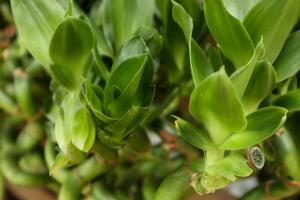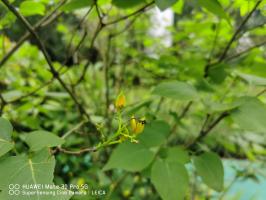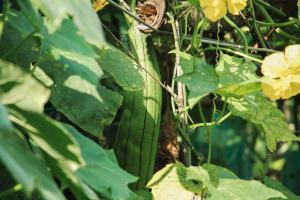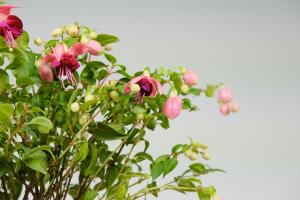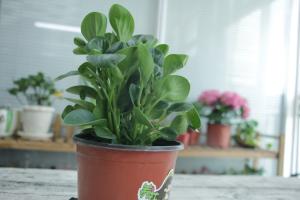What is a Native Plant?
When talking about plants, the term "native" refers to plants that have evolved and naturally occur in a specific region or ecosystem without human intervention. These plants have adapted to local conditions and are well-suited to survive and thrive in their native habitats. Native plants are an essential part of healthy ecosystems, providing food and habitat for wildlife, attracting beneficial insects, and helping to maintain biodiversity.
Why Should We Care About Native Plants?
There are many reasons why we should care about native plants. For one, they are often better adapted to local conditions, requiring less water, pesticides, and fertilizers than non-native plants. This makes them more sustainable and environmentally friendly. Additionally, native plants provide important ecosystem services, such as improving soil health, boosting air quality, and reducing erosion. They also help to support wildlife populations and promote biodiversity.
What are Some Examples of Native Plants?
Native plants vary widely depending on the region, ecosystem, and climate. In North America, some examples of native plants include:
Wildflowers like sunflowers, black-eyed susans, and coneflowers
Trees like maple, oak, and pine
Shrubs like blueberries, azaleas, and sumac
Grasses like switchgrass, big bluestem, and little bluestem
How Can I Incorporate Native Plants into My Landscape?
There are many ways to incorporate native plants into your landscape, whether you have a large property or a small balcony garden. Some tips to get started include:
Research what plants are native to your region and choose species that are well-suited to your site conditions (e.g. sun vs. shade, wet vs. dry)
Consider using native plants in place of traditional lawns or ornamental plants
Create a wildlife-friendly garden by including plants that attract pollinators like bees and butterflies
Work with a local nursery or landscaper that specializes in native plants to get expert advice and resources
The Bottom Line
Native plants are an important part of healthy ecosystems and offer many benefits to home gardeners and landscapers. By incorporating native plants into our landscapes, we can help support biodiversity, protect natural resources, and create beautiful and sustainable outdoor spaces.

 how many times do yo...
how many times do yo... how many planted tre...
how many planted tre... how many pine trees ...
how many pine trees ... how many pecan trees...
how many pecan trees... how many plants comp...
how many plants comp... how many plants can ...
how many plants can ... how many plants and ...
how many plants and ... how many pepper plan...
how many pepper plan...